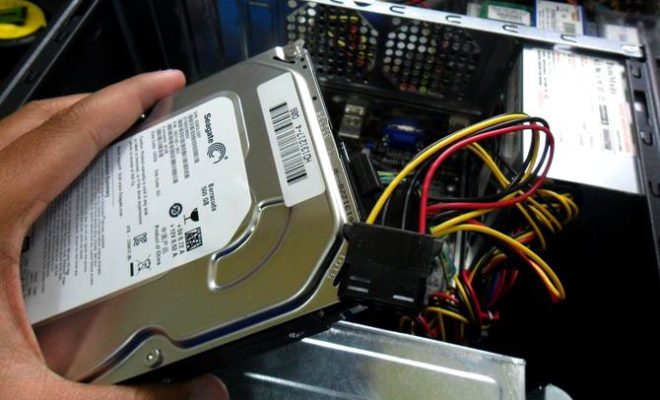Things to Consider When You Install a SATA Hard Drive

A SATA hard drive is a type of computer storage device that is widely used in modern computers for storing data. Whether you’re installing a new SATA hard drive to upgrade your computer’s storage capacity or replacing an old one, there are certain factors that you should consider to ensure a smooth and successful installation process.
Here are some things to consider when you install a SATA hard drive:
1. Compatibility – Before purchasing a new SATA hard drive, make sure it is compatible with your computer’s motherboard and OS (operating system). Check your computer’s user manual or manufacturer’s website for compatibility information.
2. Capacity – Determine the amount of storage you need based on your usage and personal preferences. Take into account the size of your current hard drive and the space available in your computer case.
3. Speed – Consider the speed of the SATA hard drive, which is measured in RPM (revolutions per minute). Higher RPM generally provides faster data transfer speeds.
4. SATA version – SATA hard drives come in different versions, including SATA I, SATA II, and SATA III. SATA III is the latest and fastest version, delivering up to 6GB/s of transfer speed.
5. Power consumption – Check the power consumption of the new SATA hard drive and make sure your computer’s power supply can handle it. You may need to upgrade your power supply if your current one isn’t sufficient.
6. Installation location – Decide on the location of the hard drive inside your computer case. SATA hard drives can be installed in various locations, including the primary drive bay, secondary drive bay, or external drive enclosure.
7. Cabling – Ensure that you have sufficient SATA cables to connect the new hard drive to your computer’s motherboard. Check your computer’s user manual or motherboard manufacturer’s website for information on SATA cable compatibility and recommendations.
8. Data transfer – If you’re replacing an old hard drive, you may want to transfer data from the old drive to the new drive. Consider using cloning software to duplicate your old hard drive to the new one, or transfer files manually.
9. Operating system installation – If you’re installing a new SATA hard drive as your primary hard drive, you’ll need to install the operating system (OS) on it. Make sure you have an installation CD or USB and a valid license for your chosen OS.
10. Compatibility with other hardware – Ensure that the new hard drive is compatible with other hardware components in your computer, including the CPU, RAM, and graphics card.






